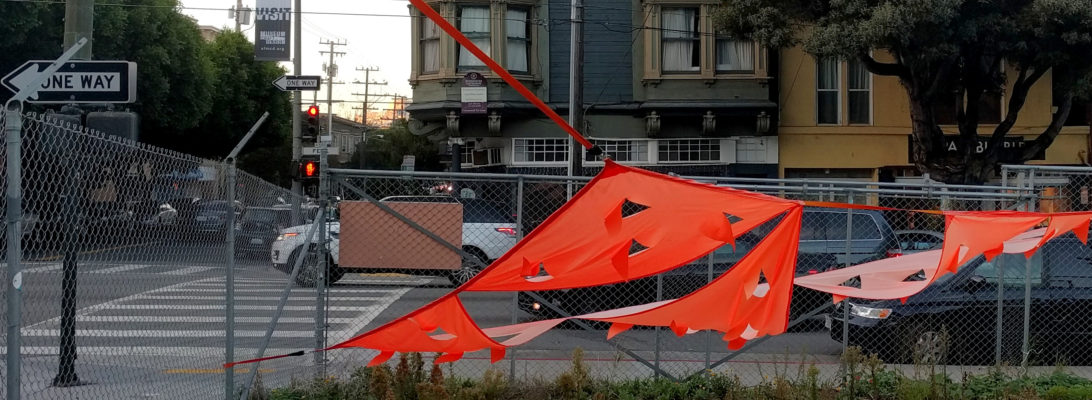
Picture credit – KQED San Francisco Blog
I can’t decide which topic I’m more interested in as a focal point/lens through which to view sustainability issues – cities or food! I love that the “food movement” has now coalesced to the point where it encompasses not only issues of flavor and gourmet cooking, but also fossil fuel use, transport, food heritage, health, school lunches, “food deserts”, botany, home gardening, food science, and economics. If you can get past the more extreme viewpoints and move past the elitism of some arguments, I find that looking at a food is a wonderful focal point through which to look at a lot of important contemporary issues surrounding, health, income disparity, and culture. I’m also passionate about the idea of sustainable cities – how they can look and how we can get there – which is a similarly all-encompassing way to view issues of urban planning, public-private partnership, transit, health, climate change planning, international partnership and gardening. I also love how both of these issues overlap when you look at how food and cities interact – not just in the high concentrations of great restaurants, markets, and the burgeoning street food trend – but also in terms of getting more plants into the ground and balconies of American cities, and cleaning up the water and surface runoff so that flora and fauna around our urban areas aren’t full of bioaccumulated toxins. I already love to cook and ready about city history, but how much happier would I be if I could rip up half of the sidewalk pavers in my neighborhood and plant some gorgeous edible herbs and even set up some picnic tables so neighborhood residents could escape their dark little apartment boxes to sit outside on a sunny day and enjoy a homecooked meal?


